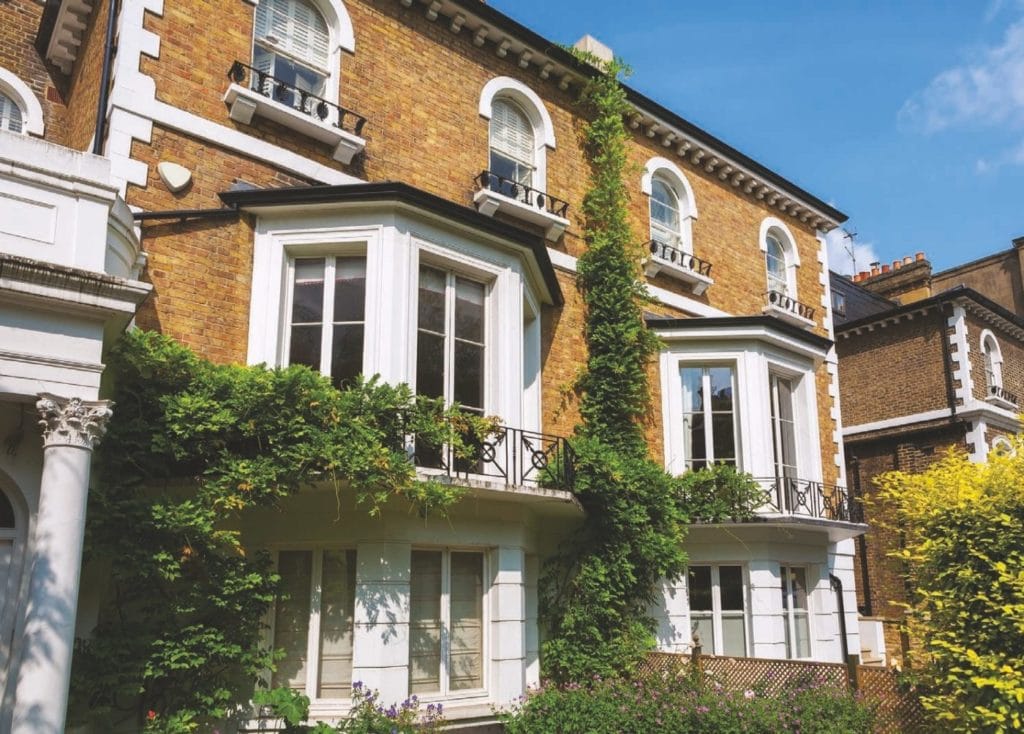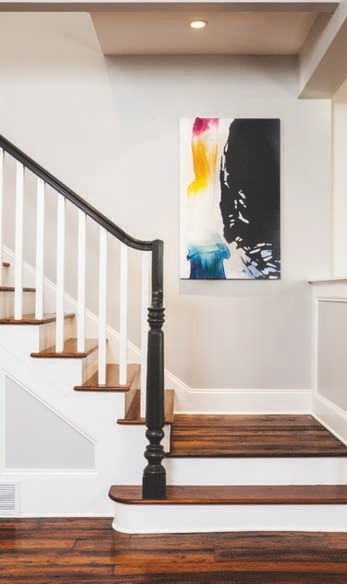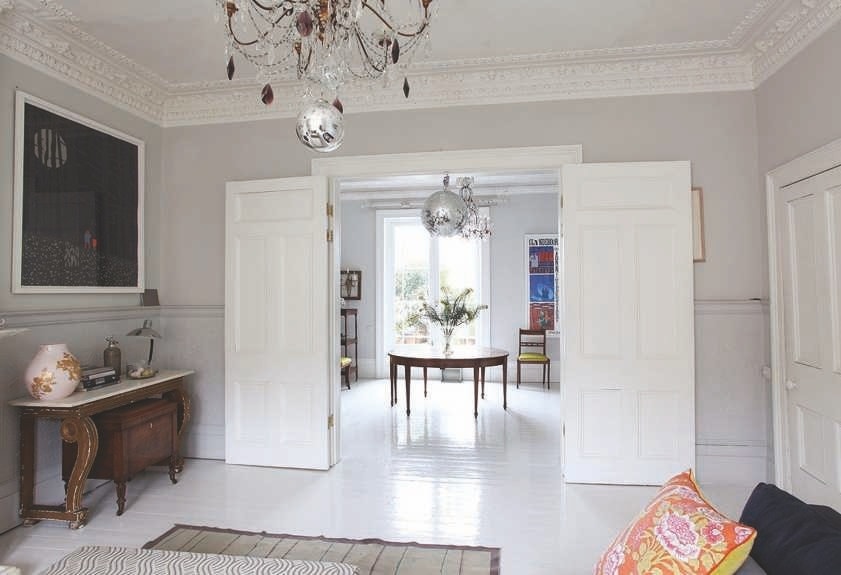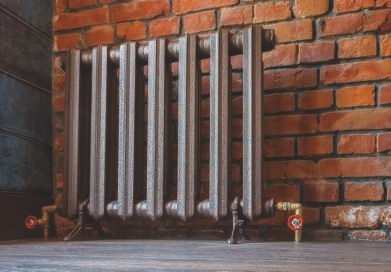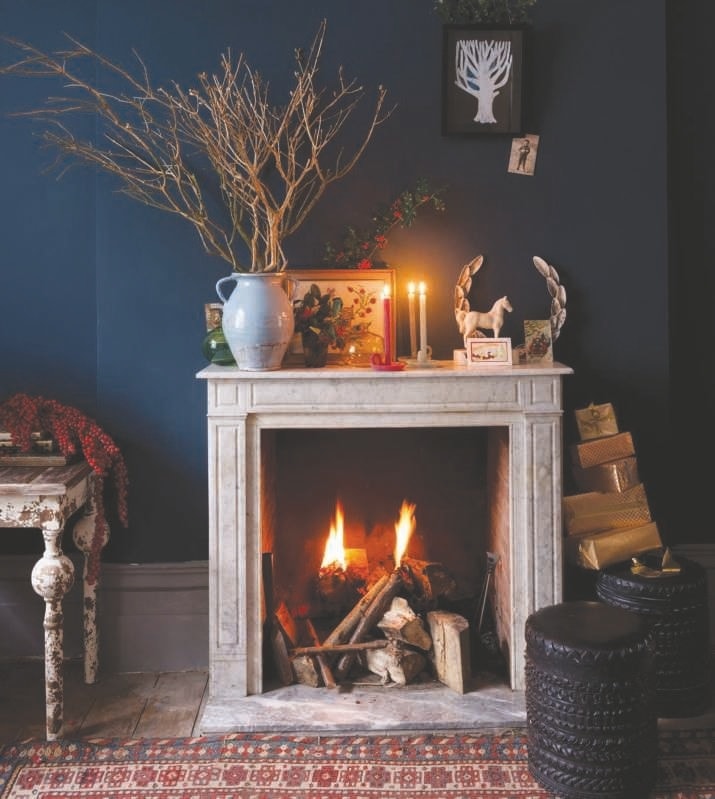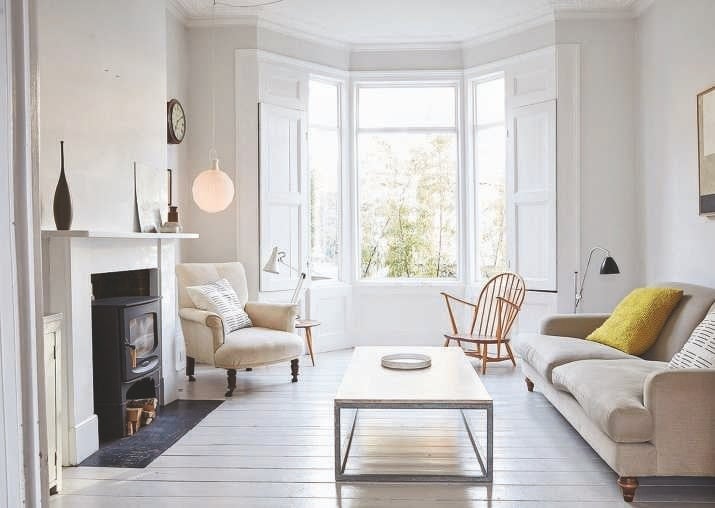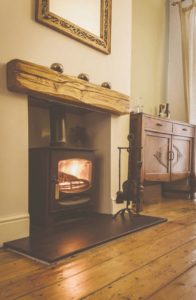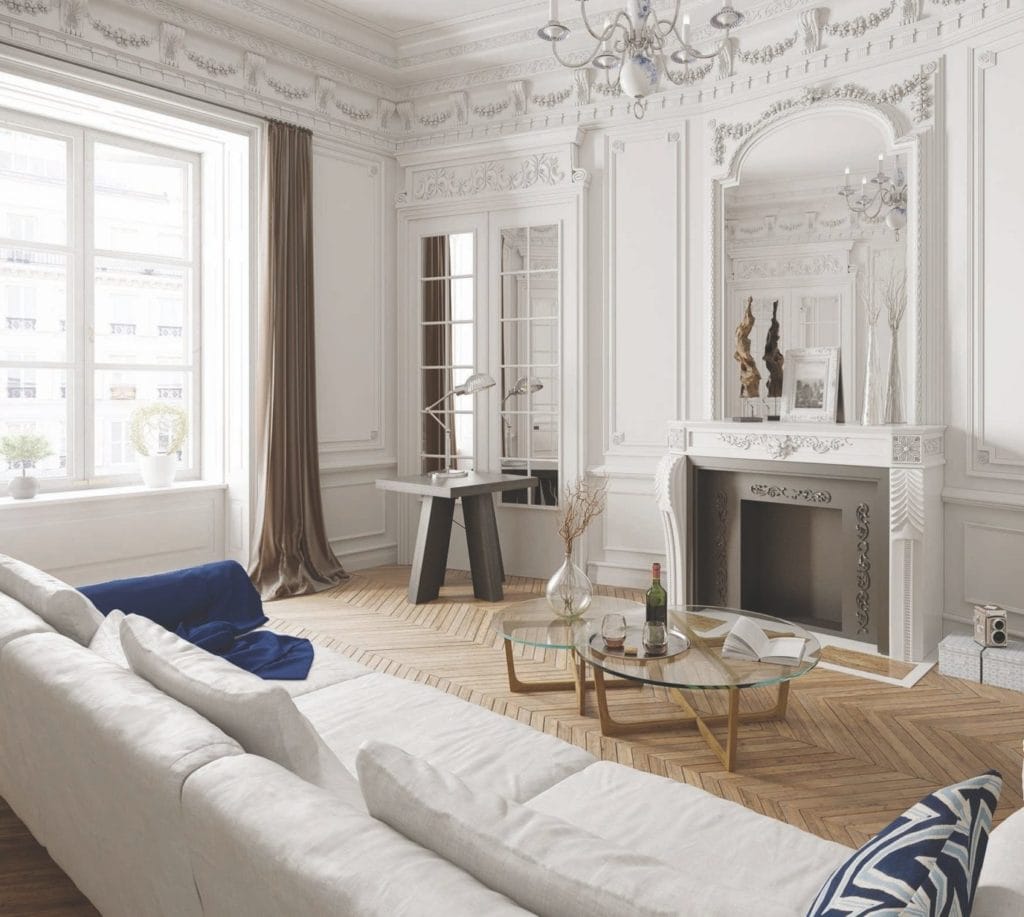Period Property Renovation – Our Guide to Success
Returning your home to it’s former glory can be expensive, but knowing how to remodel certain aspects of it can give the whole ambience a period feel.
If you have bought or are considering investing in a period property and don’t want to ruin its charm, here’s what to consider before you start renovating. Period homes can be a gift but they come with a considerable amount of responsibility. There was a whole era through the 1980s when a lot of beautiful old buildings were ‘modernised’, removing any trace of the details that made the architecture special. Careful consideration is vital; it’s important to hire professionals who have experience in dealing with old buildings.
Our tips will guide you through the renovation process without destroying the character and structure of your beautiful period home.
Take a Closer Look
Always ensure you get a thorough survey carried out. Opt for either the RICS Building Survey, or a Full Structural Survey. These will give an overall picture of the condition of the property and identify any major issues.
Outside Maintenance
It’s vital to keep water away from your property in order to prevent deterioration of the house. Always make sure the roof and gutters are in good order and the outlets are directed away from the building.
Roofing: As one of the most important parts of your home, the roof may be a serious concern and possibly require maintenance or complete replacement. Original slate roofing was popular during the late 1800s and early 1900s. These roofs combined slate and tiles with iron nails. This can be a problem over time when the nails corrode and split the slates and tiles. Slate is weather-resistant; however, if the tiles split and become loose they can detach and require significant maintenance.
Walls: If you need to make repairs to old brick walls it’s best to seek advice from a professional with experience of older buildings. Most repairs are likely to entail some repointing, or possibly the removal and replacement of some of the bricks. It’s rare that a whole wall will need to be rebuilt. If you have an exposed brick elevation, do not neglect the pointing.
Renovating the Staircase
The charm and character that an original staircase can bring to a house is undoubtable, yet over time, subjected to the usual wear and tear, they can begin to show their age.
As with any original feature, it is always preferable to repair rather than replace and, thankfully, in the case of staircases, issues brought on by old age are rarely structural.
There are other benefits to retaining a period staircase too, as well as enjoying their original design: a replacement will need to conform with Building Regulations which can throw up all sorts of complications.
The most common problems include worn treads, broken or loose banisters and spindles, noisy creaks, unsympathetic ‘updates ‘and missing parts, such as stair rods and brackets. However, keeping the original staircase doesn’t mean you have to compromise on a contemporary look – you can create a modern space by working with the traditional design.
Focus on Space
If there’s one thing which runs common to most Victorian renovations, it’s the idea of maximising space. A smart move when looking at Victorian renovation options will be to maximise natural light. Open up existing rooms and spaces. Many Victorian properties have stuffy, cramped rooms which benefi t from being opened up and redesigned. The key, of course, is to avoid destroying any of the original charm, and that’s where a period design expert’s advice comes in.
Heat Up
The beautiful aesthetics of period homes, such as the high ceilings and large sash windows, are also what makes heating them more complicated.
So how do you conserve energy without spoiling the character and charm of the building?
Old radiators can be used as a heating source, but it’s important that your contractor or plumber checks them for leaks. If you’re considering underfloor heating as your main heat source, you can still combine your old radiators with a modern heating system.
To revive tired radiators, you can strip off the layers of paint and repaint them for a fresher look.
Warm up the Mantelpiece
One of the joys of renovating is discovering original features, such as finding a hidden fireplace which can then be reopened. It is often the case in older properties that fireplaces, which were once the main source of heating, were sealed or covered over at some chapter in the property’s ownership.
Period fireplaces create a characterful focal feature. The Georgians favoured classical-style stone or marble surrounds, with a plain aperture containing a firebasket.
Victorian and Edwardian houses typically had one-piece cast iron fireplaces (with the surround and insert combined), or cast-iron inserts with surrounds made of stone, marble or timber. Tiled inserts on the cheeks (or sides) add a further decorative element.
Work With Your Windows
We often assume that original, single-glazed period windows are partially rotten and draughty and need to be replaced. It is easy to underestimate the contribution that windows make to the look of the house. Original, historic windows have the right proportions for the house and often have a delicacy that new windows lack.
If you want to replace the single glazing to prevent heat loss and noise, it’s possible to install slim double-glazed units and keep the original sash window. Remember, however, that double-glazed panels are heavier than single ones, so the hidden weights to the side of the windows should be adjusted as well.
Make sure you consult an experienced professional when renovating your windows, and check the regulations that apply to your particular property, as these can differ from area to area.
Get Floored
Quite often it’s perfectly feasible to keep the original flooring in your period property. If you’d like to install underfloor heating, though, make sure you get professional advice beforehand.
Pay Attention to Plasterwork
Almost every period feature in your home can be saved, but unfortunately lath and plaster doesn’t always pass the test of time. Consult with an experienced professional to see if it’s worth keeping.
Victorian ceilings usually have beautiful plaster cornices and mouldings at the junctions with walls and ceilings, and commonly feature elaborate ceiling roses. Wherever possible, these small works of art should be preserved and restored. By now most will be clogged with paint, but a lot can be achieved to restore them to their original glory using poultice strippers, a brush and a toothpick. However, major restoration of decorative plasterwork is a skilled job. Missing sections can normally be professionally recast.
Posted in: Property
